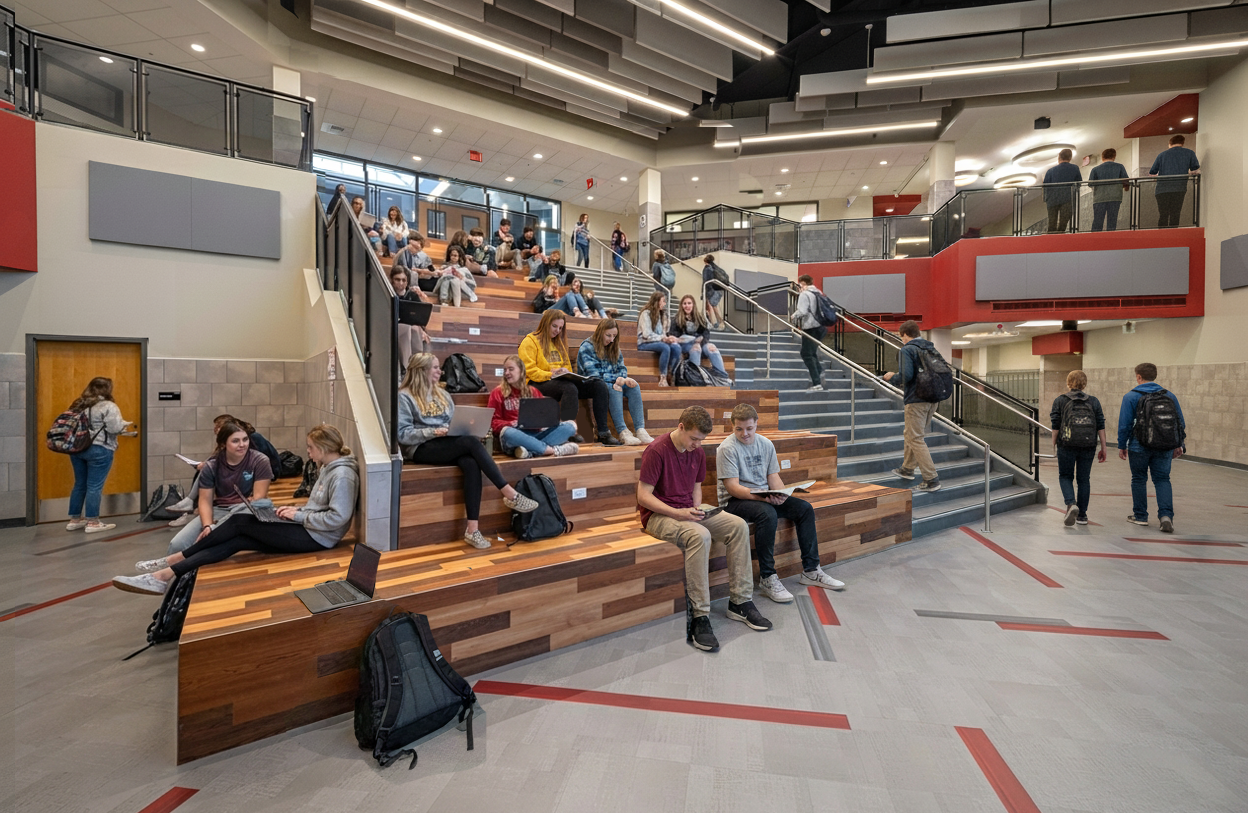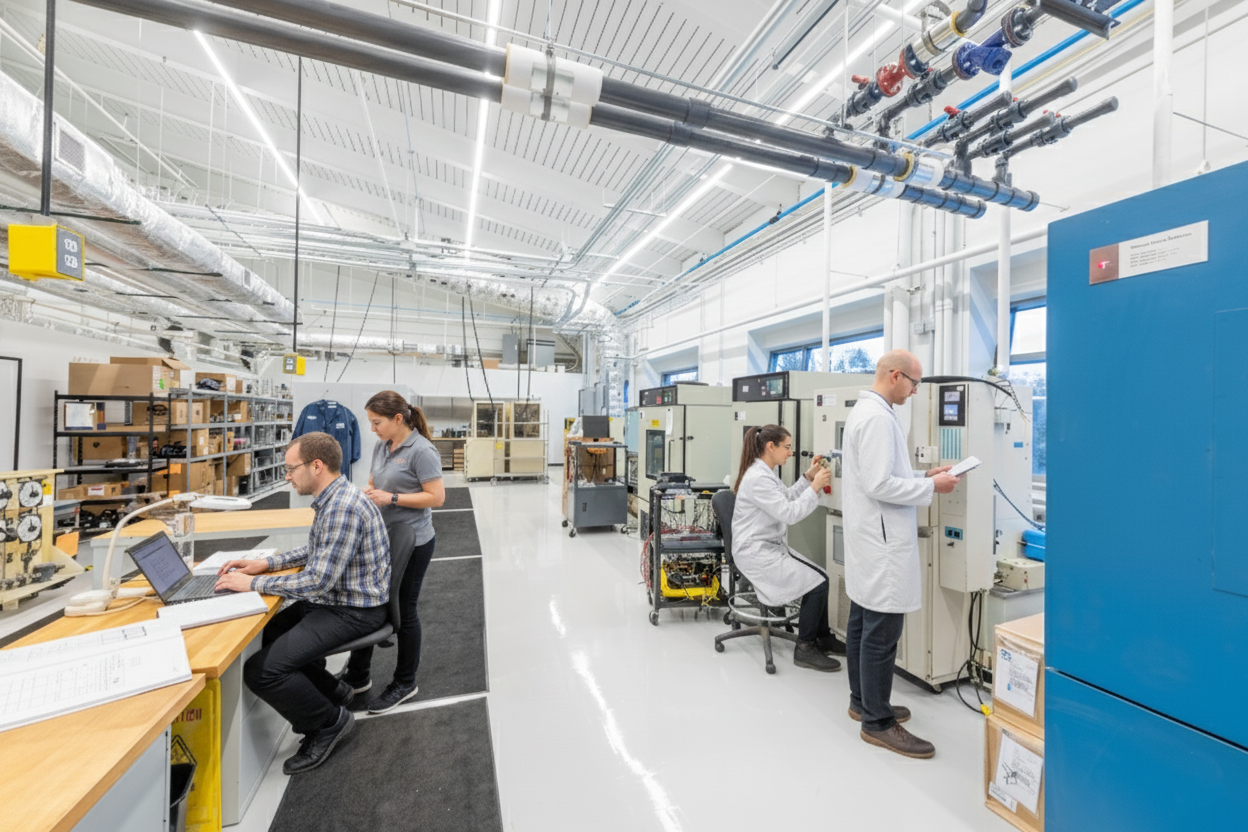Peters Township High School
The Evolving Landscape of Facility Reimbursement
As we enter 2025, the future of state funding for school construction projects remains uncertain. While new funding programs are under consideration, they are often delayed by legislative and budgetary challenges.
- Many states are grappling with the financial burden of past commitments, prioritizing backlog payments over new funding initiatives. Moving forward, any facility reimbursement program is likely to be limited by available annual state budgets. As a result, securing state funding may become increasingly competitive, with priority often given to economically disadvantaged districts.
- Some state legislatures are exploring ways to quantify the overall facility needs of school districts. This has led to discussions about requiring districts to develop comprehensive facility plans to outline anticipated needs over the next two decades, however, funding for such planning efforts has yet to be consistently established.
Given these challenges, school districts should prepare to independently assess and secure funding for their facility needs instead of relying on state funding.

Bethel Park High School
Federal Pass-Through Grants
Some school districts have successfully leveraged competitive federal grant programs administered at the state level. These grants are typically allocated for specific priorities, such as environmental improvements and critical capital maintenance. The selection criteria often favor economically disadvantaged districts, although grants have occasionally been awarded to other districts for urgent needs.
Federal pass-through grants require matching funds, have award limits, and necessitate clear project scope definition as well as budget verification. Additionally, projects must align with district facility plans, though the specific requirements for these plans may vary.
The availability of federal pass-through grants is subject to change with new administrations and other political factors. It is important to stay informed about the status of these grants and assess potential impacts on funding opportunities.
Self-Funded Facility Programs
School facilities require significant renovations or replacements on a predictable cycle. Major systems such as HVAC, electrical, and plumbing typically need replacement every 25 years, while technology infrastructure and interior finishes often require updates every 10 to 15 years. Roofs, doors, and hardware have varying lifespans, while educational program needs continue to evolve, requiring adaptable spaces to support modern teaching methods.
To establish a sustainable facility funding program, districts may consider setting a long-term capital investment goal. One approach is to allocate funding equivalent to 50% of a facility’s replacement value over a 25-year period. This funding could be supported through a dedicated portion of local tax revenue, ensuring ongoing capital investment as existing debt is amortized. If funds are not needed in a given year, they can be reserved for future capital projects rather than diverted to operational expenses.
A well-planned facility funding strategy begins with a comprehensive assessment of current conditions, followed by a prioritized and phased approach to capital improvements. While aligning financial resources with facility needs requires careful planning and discipline, it can help districts avoid crisis-driven repairs and create a more predictable financial outlook. Updating facility assessments and plans every five years is essential to keeping projects on track.
While unlimited state reimbursement for facility needs is no longer a reality, proactive planning and responsible management can help school districts maintain and improve their facilities for the long term.



